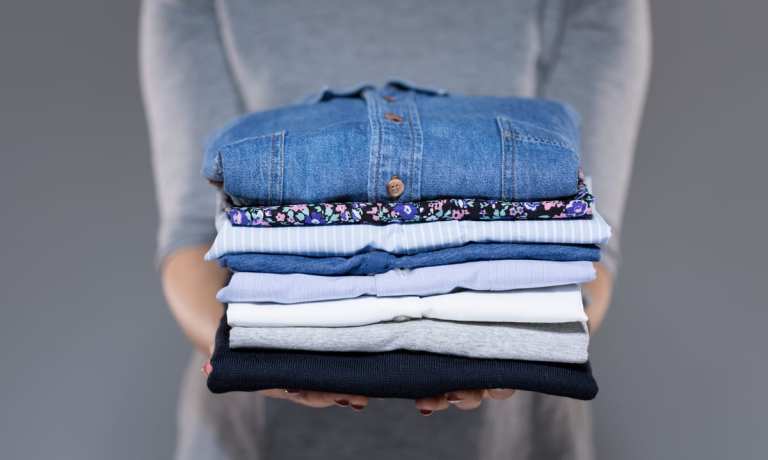
While more people are embracing the idea of buying and selling secondhand clothing, companies specializing in selling these items are reportedly facing challenges in turning a profit.
The U.S. secondhand apparel market was valued at approximately $43 billion in 2023, The Wall Street Journal (WSJ) reported Wednesday (July 3), citing data from online apparel reseller ThredUp.
This market is projected to grow at an average rate of 11% per year through 2028, according to the report. The increasing popularity of thrifting, particularly among younger consumers, has contributed to this growth.
However, despite the market’s potential, companies are facing challenges, the report said. Shares of online seller ThredUp and brick-and-mortar thrift-store chain Savers Value Village have both experienced declines of around 29% year to date. Luxury online resale platform The RealReal has fared slightly better, thanks in part to a debt exchange it announced in February.
The slowdown in sales growth for these companies, coupled with the strength of players like Goodwill and eBay in the secondhand market, has made it difficult for thrift-focused companies to establish a compelling investment case, per the report.
ThredUp and RealReal have attempted to differentiate themselves by offering a more convenient selling and buying experience, according to the report. Sellers can easily mail in or drop off their items, and the platforms take care of photographing, pricing, and tagging each item for easy searchability. RealReal also ensures the authenticity of high-end items.
This streamlined process creates a competitive advantage, but it also comes at a cost, the report said. Both ThredUp and RealReal are not expected to turn a profit based on generally accepted accounting principles for the next four years.
Balancing the quantity of supply with quality has proven to be a challenge for these companies, per the report. ThredUp introduced fees last year that deduct from the payout customers receive if their items are sold on the platform, encouraging consumers to send in high volumes of high-quality clothes. RealReal adjusted its commission structure to incentivize consignors to send in expensive items priced above $100.
While these moves may attract higher-quality items, they also risk diverting consignors to platforms like Poshmark and eBay, which involve more work but potentially higher payouts, according to the report.
In the brick-and-mortar thrift-store space, Savers offers a more efficient shopping experience than nonprofits, the report said. According to Piper Sandler, Savers’ sales per store are nearly twice that of Goodwill and more than six times that of the Salvation Army.
However, Savers faces similar challenges in maintaining quality, per the report. Only about half of the items received by Savers end up on the sales floor, and of those, only about half are sold.
For all PYMNTS retail coverage, subscribe to the daily Retail Newsletter.